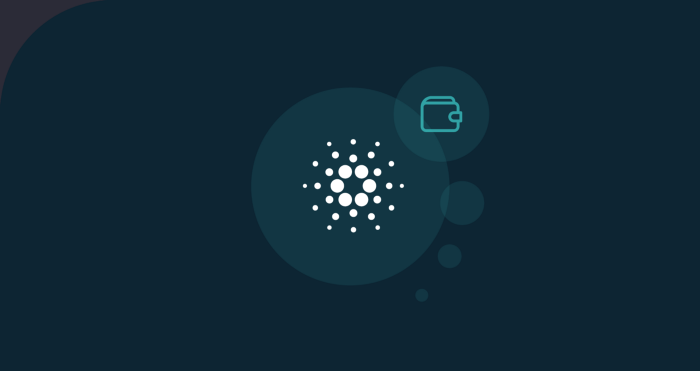How and Where Can I Store Funds In Cardano (ADA) Wallets?
Check the article here!

How and Where Can I Store Funds In Cardano (ADA) Wallets?
*Disclaimer: This is not financial/investment advice, merely a tutorial on how to store Cardano (ADA) in a Cardano Wallet. As always…
Reading time: 4 min read

Disclaimer: This is not financial/investment advice, merely a tutorial on how to store Cardano (ADA) in a Cardano Wallet . As always, conduct your own research, consult with a financial advisor, and/or conduct your due diligence before making any investment in cryptocurrencies.
The First Step; Downloading A Wallet:
Cardano Wallets:
The first and most important step to allow you to store Cardano is downloading a wallet that supports Cardano. Some of the best wallets like Yoroi and Daedulus are really easy to set up.
Learn More About Yoroi and Daedulus:
To learn more about how to use Yoroi and Daedulus , visit the links below;
Learn about the Cardano Yoroi Wallet and how to set it up here .
Learn about the Cardano Daedulus Wallet and how to set it up here .
The Second Step; Setting Up A Cardano Wallet:
1.The first step to setting up a cardano wallet is downloading a cryptocurrency wallet that supports Cardano. Whethere it is Daedulus, Yoroi, or even others like Nami , make sure you do your own research and find the one you are most comfortable with storing your funds. You want to feel safe storing your funds somewhere and understanding the differences in each wallet is a great way to put your mind at ease and protect your funds.

- After you have downloaded a Cardano wallet application and/or browser extension, create a new wallet and name it however you like. Make sure to write this down somewhere safe where you can always have it stored and able to access in the event you lose access to your wallet.

- Once you created the wallet, activate your account and write down your spending password the wallet will prompt you to enter. Make sure to write this down somewhere safe where you can always have it stored and able to access in the event you lose access to your wallet.

- It will also prompt a recovery seed phrase in the event you lose access to the wallet. This wallet should be a 12 or 24 word passphrase, and it will prompt you to rewrite the passphrase. Make sure to write this down somewhere safe where you can always have it stored and able to access in the event you lose access to your wallet. Once you have entered the recovery seed phrase, accepts the terms and conditions of the wallet of your choosing and your wallet should be all set!

Always remember, do not share the recovery phrase or spending password of your wallet to anyone. No exchange or wallet will text or email you for your recovery seed phrase and or call you. Do not allow anyone other than trust confidantes such as family for example to have access to your funds or your wallet. Please make sure to take the best amount of precautions by writing your information down on a piece of paper and not sharing it with anyone.
- Click the “Recieve” tab of your wallet and copy a wallet address from this section, or you can download PDF File with the QR Code for your wallet. You will need this wallet address and/or QR Code to be able to receive and store cryptocurrency in your wallet.
- Click the Send Cryptocurrency prompt in the Crypto Exchange menu and enter your Crypto Wallet Address and/or scan your QR Code , and send your funds from your Crypto Exchange Account to your Cardano Crypto Wallet.
- Remember to send a small amount of funds from your Crypto Exchange Account to your Crypto Wallet address before sending a majority and/or all your funds to the wallet to ensure no errors or losses are incurred. Sometimes issues do occur with the creation of wallets and it is important to be secure and safe before sending your funds to a wallet, crypto exchange, etc. *
